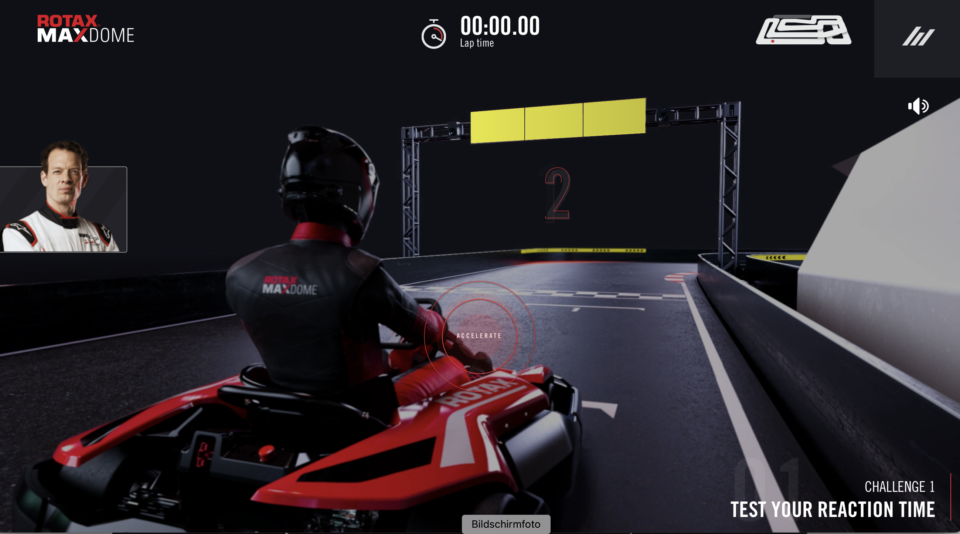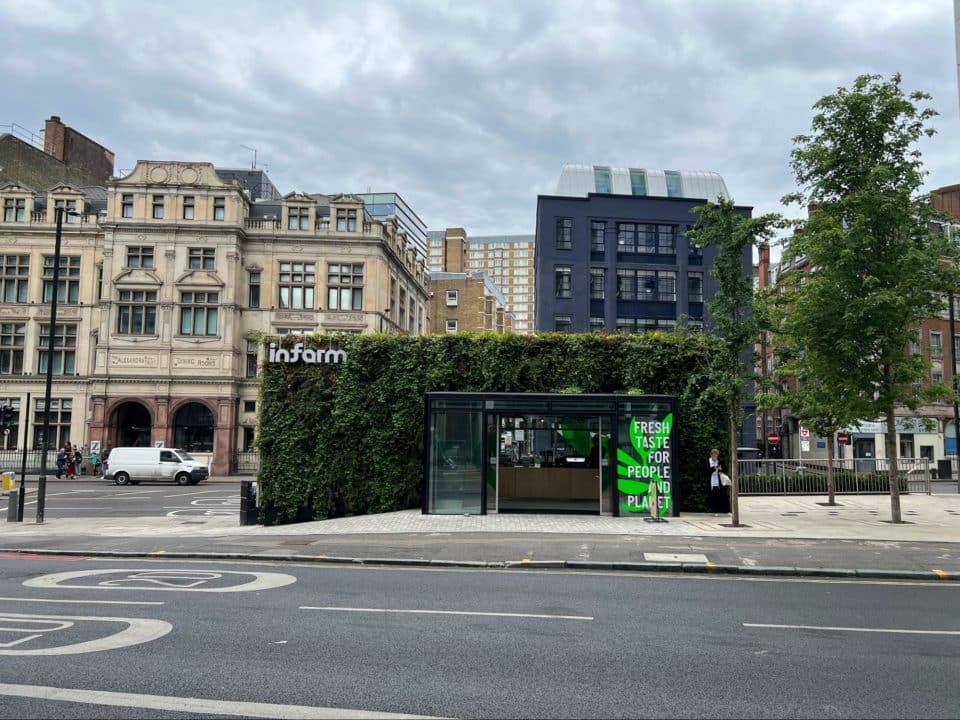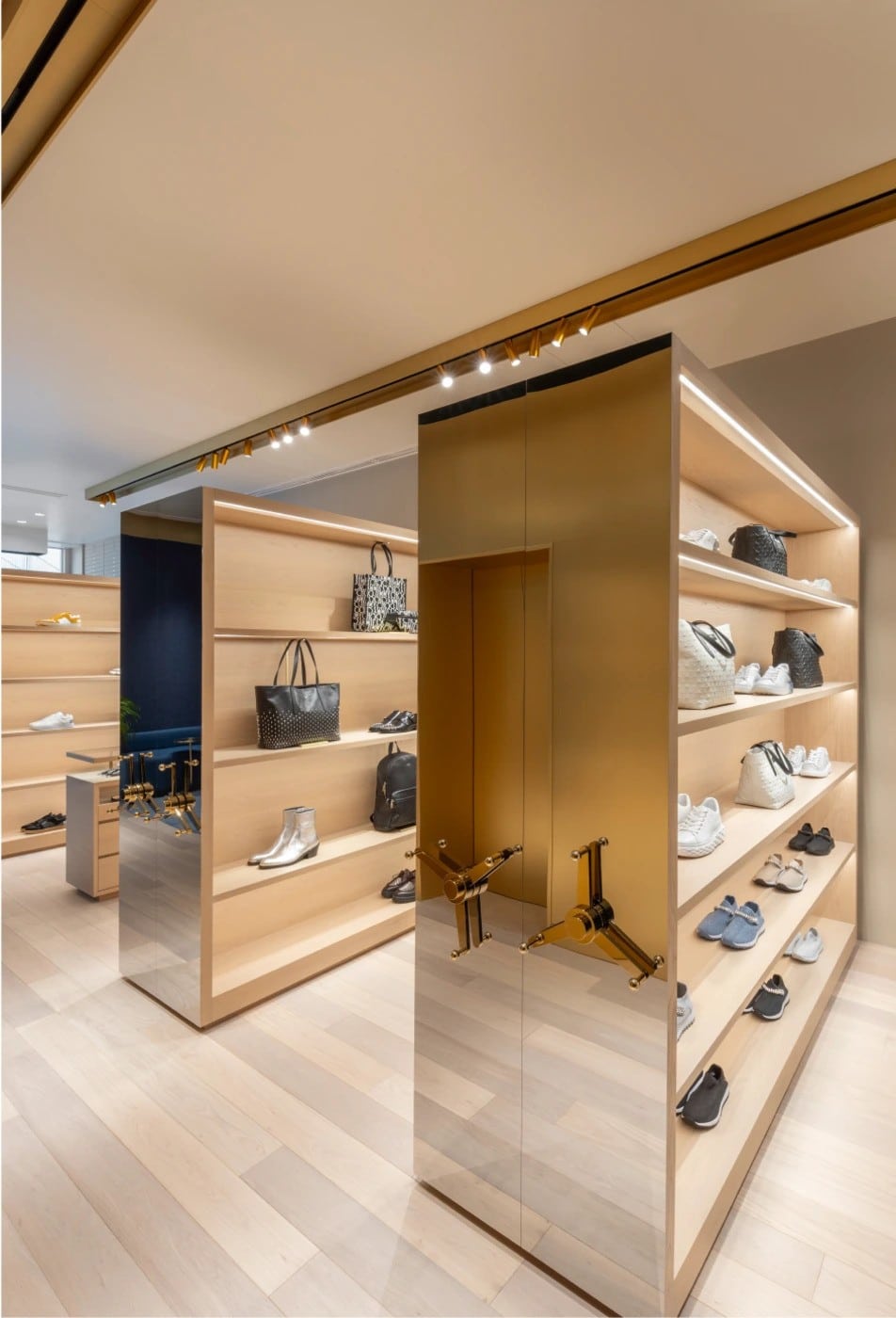Highlights & Insights of the Internet of Retail Conference with Jan Maciejewski
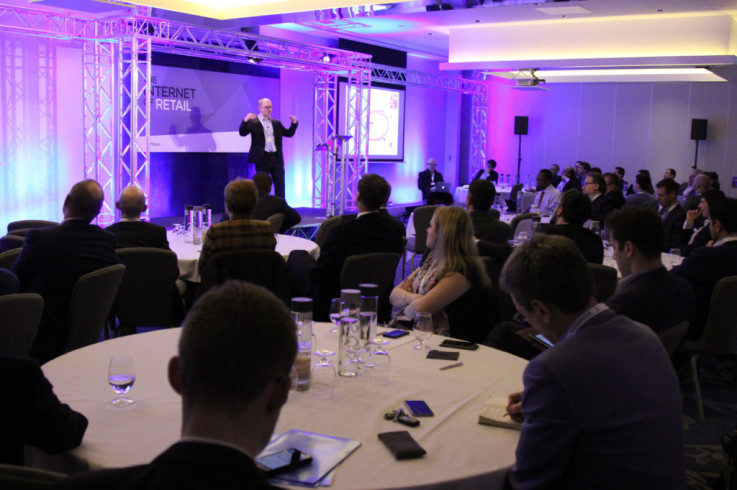
As well as being Programme Manager and Technical Adviser at Vinelake, Jan Maciejewski also organised the Internet of Retail conference earlier this year. Although we unfortunately couldn’t make it to the conference itself, we did catch up with Jan on the highlights and key insights that came up.
Could you tell me a bit about who attended the conference?
The audience were all sorts of different types of retailer, which is quite important. They varied from groceries to hardware. They were also in various stages of either looking at deploying or just investigating what IoT can do and what IoT can bring to their particular fields, so it was a very varied audience. Speakers were key, senior level business executives & technology directors
Where do you think most retailers are with IoT at the moment?
I think that’s quite a tough question because it does vary. If you are a large multiple store owner, the chances are you’re looking at things like beacon technology. You’re looking at how you can roll things out or at least do proof of concept. The smaller retailers were looking at to understand which part s they can adopt and use to get benefit.
If you look at it, three key areas came out of what people are looking at. The first one is on the customer acquisition and marketing side and what that front end looks like in terms of customer acquisition. The second part was probably about internal processes and how you can use IoT to improve internal processes and tracking. The third one was more about fulfilment and how to give better customer service and the whole delivery and fulfilment side of it. So regardless of the sector, whether it was food or whether it’s clothing stores, they were the three areas that probably all have in common in terms of where they can benefit.
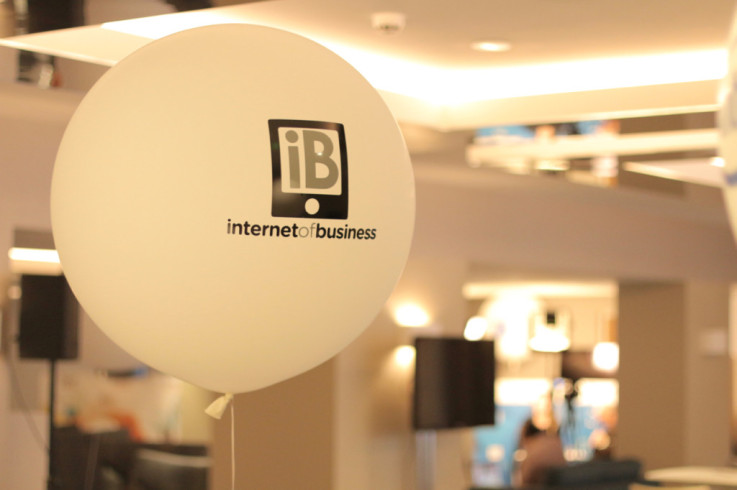
Do people come out with a lot more clarity on what they should do next, and how do you think the conference helped them in their day to day work?
I think it aided clarity, and offered a lot of understanding of what’s possible. It’s not designed to be an in-depth technology conference. This was about what’s possible, and what the business benefits might be in regards to the deployment of IoT solutions. Some of them you might consider quite simple and others to be quite complex for example order fulfilment & tracking. It could be a lot more complex but one word kept coming out from a lot of the people there, which was empowerment.
They felt that even simple introductions like giving screens to floor staff was giving them more confidence to know what was in stock without running into the back warehouse to find out what was there. It gave them more time to spend with customers. Therefore they were happier in terms of being able to give better customer service and ultimately the customers were more satisfied.
So empowerment kept coming up over and over. It seemed that everybody felt a lot better informed using the sort of technology that they were talking about. It was all about confidence. Having the information to hand on the shop floor and being able to engage made them feel empowered.
The other phrase that kept coming up was personalised experience. If you’re going into a fashion store for example, and they have interactive screens. Then you can be seen in various garments you want to try-on on a screen electronically. There’s a feeling that to personalise that experience creates a loyalty to the brand. So I think a personalised experience around the store is something that a lot of the retailers are thinking is big value to them.
Were there any other really big moments of realisation for you or the audience over the two days?
I think the three key areas of sales, internal operations and fulfillment is really important. Because if you are a large retailer, the front-end benefits maybe of greater interest to the marketing sales team and the brand people. Whereas the fulfilment side is the logistics and transport and the moving of goods. But there’s a lot of crossover with benefits. Things like having easy and concise labelling and reporting of data helps not only the front-end but also managing inventory.
There’s a lot of talk about the customer acquisition side, which was really focusing on the new types of applications for people going into retail stores trying things on. Equally, there were probably a lot of light bulb moments on maintenance from the backend side of things.
Also, being more predictive about the performance of things. Of knowing how they were performing and if something was to go wrong, they could see it a long time in advance rather than reacting to things the retailer could be more proactive in their maintenance.
For IoT to work and to work effectively, it’s got to be seen either as A: a revenue generator, B: a cost reducer or C: as a customer satisfaction level that increases or creates more loyalty. IoT can enable clients and customers to order whether in-store online or by mobile. This was again another big talk point. Having this omnichannel approach of being able to order no matter where you are. Again, they’re looking at the benefits that IoT can bring and trying to it in the context of revenue generation, cost reduction or customer loyalty.
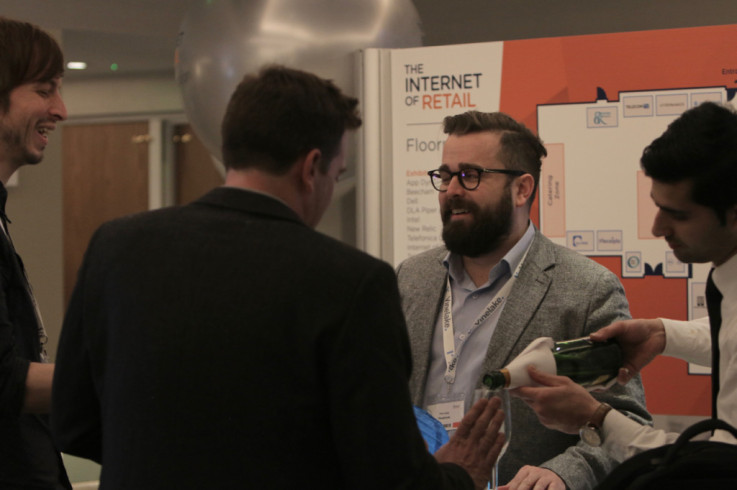
Were there any key areas of debate or controversy? Where there any things that people didn’t seem to agree on?
There were certainly areas of debate on data privacy. Working out who has access to data, and what data is going to be used for. I think there’s a recognition that there’s an area that needs to be looked at in terms of how you use and analyse data and how you reuse that data. So debate, yes. Controversy, no. I think there’s a general agreement that they need to work a lot more on understanding how data privacy and data transparency work together and getting the right balance between the two.
Are there any other key highlights or things you want to share with the world that I’ve missed?
We have discussed most areas. I think proof of concept and early experimentation is set to accelerate and I think there was a general consensus that there’s a lot of good technology out there. But of course, driving the point of sale is the most important thing in common with all retailers.
They will do all sorts of experimentation providing nothing compromises the activities of point of sale. These experiments are set to continue. I think that there will be an increase in that and it’s going to take a good few months and perhaps a year or so before it becomes mainstream, but I can see the key areas that they’re likely to get the benefits from.
Want to go straight to the hottest retail technologies, latest disruptive thinking and simplest new ways to lower costs and boost sales? Transform your team’s thinking using Insider Trends’ little black book. Find out how here.
Images courtesy of Jan Maciejewski

